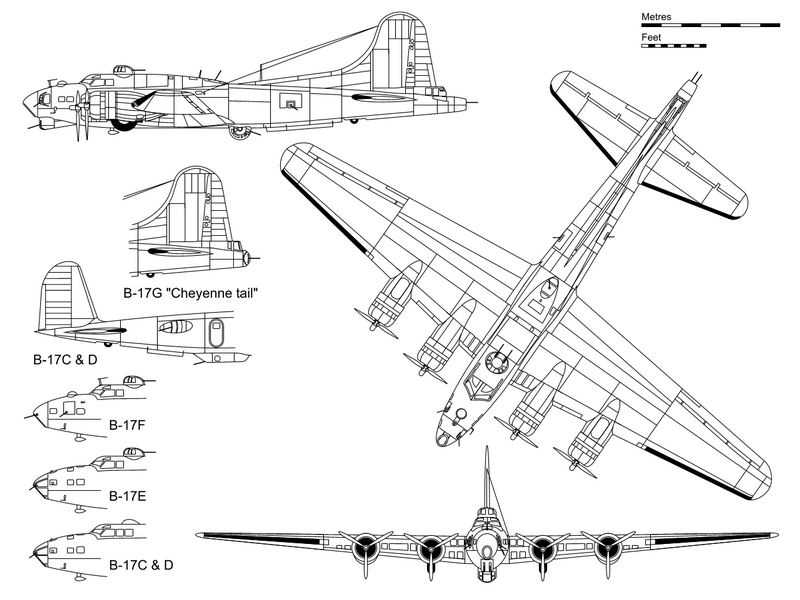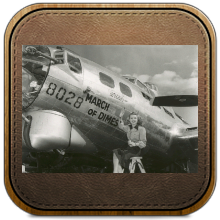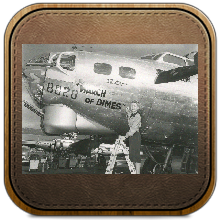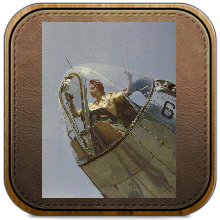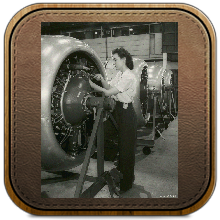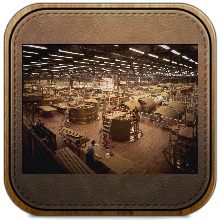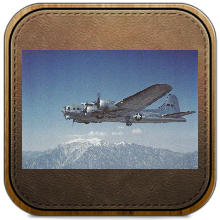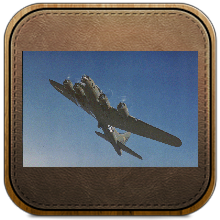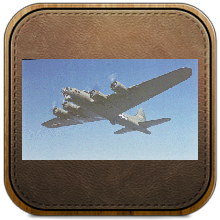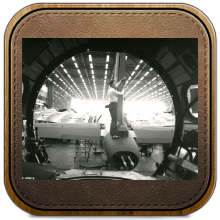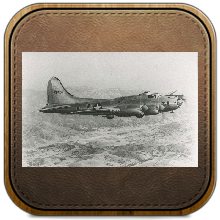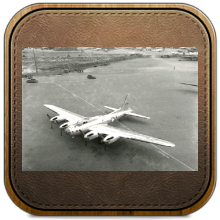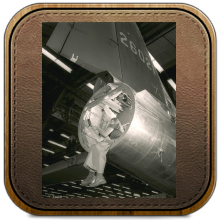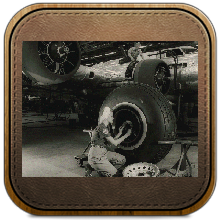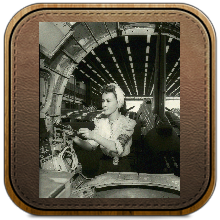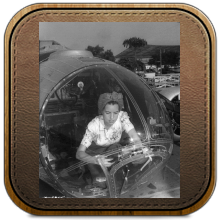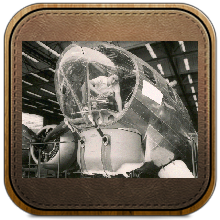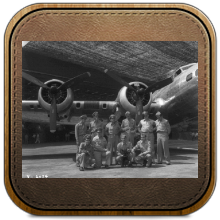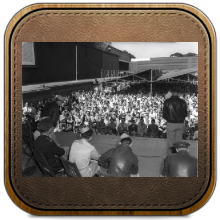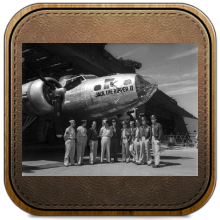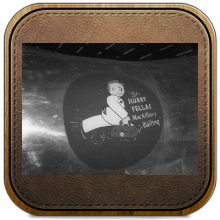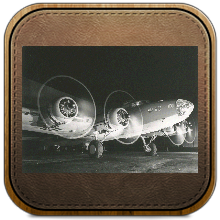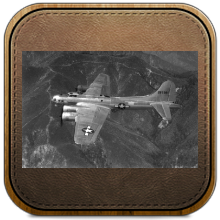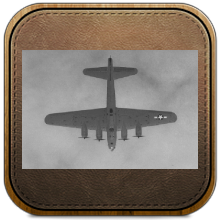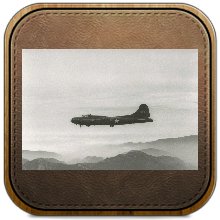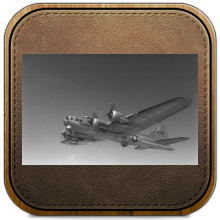B-17
Boeing's B-17 "Flying Fortress"
The Boeing B-17 Flying Fortress is a four-engine heavy bomber aircraft developed in the 1930s for the United States Army Air Corps (USAAC). Competing against Douglas and Martin for a contract to build 200 bombers, the Boeing entry outperformed both competitors and more than met the Air Corps' expectations. Although Boeing lost the contract because the prototype crashed, the Air Corps was so impressed with Boeing's design that they ordered 13 more B-17s for further evaluation. From its introduction in 1938, the B-17 Flying Fortress evolved through numerous design advances.
The B-17 was primarily employed by the United States Army Air Forces (USAAF) in the daylight precision strategic bombing campaign of World War II against German industrial and military targets. The United States Eighth Air Force, based at many airfields in southern England, and the Fifteenth Air Force, based in Italy, complemented the RAF Bomber Command's nighttime area bombing in the Combined Bomber Offensive to help secure air superiority over the cities, factories and battlefields of Western Europe in preparation for the invasion of France in 1944. The B-17 also participated to a lesser extent in the War in the Pacific, early in World War II, where it conducted raids against Japanese shipping and airfields.
From its pre-war inception, the USAAC (later USAAF) touted the aircraft as a strategic weapon; it was a potent, high-flying, long-range bomber that was able to defend itself, and to return home despite extensive battle damage. It quickly took on mythic proportions, and widely circulated stories and photos of B-17s surviving battle damage increased its iconic status. With a service ceiling greater than any of its Allied contemporaries, the B-17 established itself as an effective weapons system, dropping more bombs than any other U.S. aircraft in World War II. Of the 1.5 million metric tons of bombs dropped on Germany and its occupied territories by U.S. aircraft, 640,000 tons were dropped from B-17s.
Specifications (B-17G)
General characteristics
Crew: 10: Pilot, co-pilot, navigator, bombardier/nose gunner,top turret gunner, radio operator, waist gunners (2), ball turret gunner, tail gunner
Length: 74 ft 4 in
Wingspan: 103 ft 9 in
Height: 19 ft 1 in
Wing area: 1,420 sq ft
Airfoil: NACA 0018 / NACA 0010
Aspect ratio: 7.57
Empty weight: 36,135 lb
Loaded weight: 54,000 lb
Max. takeoff weight: 65,500 lb
Powerplant: 4 × Wright R-1820-97 "Cyclone" turbosupercharged radial engines, 1,200 hp each
Performance
Maximum speed: 287 mph
Cruise speed: 182 mph
Range: 2,000 mi with 6,000 lb bombload
Service ceiling: 35,600 ft
Rate of climb: 900 ft/min
Wing loading: 38.0 lb/sq ft
Power/mass: 0.089 hp/lb
Armament
Guns: 13 × .50 in M2 Browning machine guns in 8 positions (2 in the nose turret, 1 on each side of the nose , 1 on each side of the body behind the wings, 2 in upper turret, 2 in ball turret, 2 in the tail and 1 in the radio operator compartment
Bombs:
Short range missions (<400 mi): 8,000 lb
Long range missions (≈800 mi): 4,500 lb
Overload: 17,600 lb
